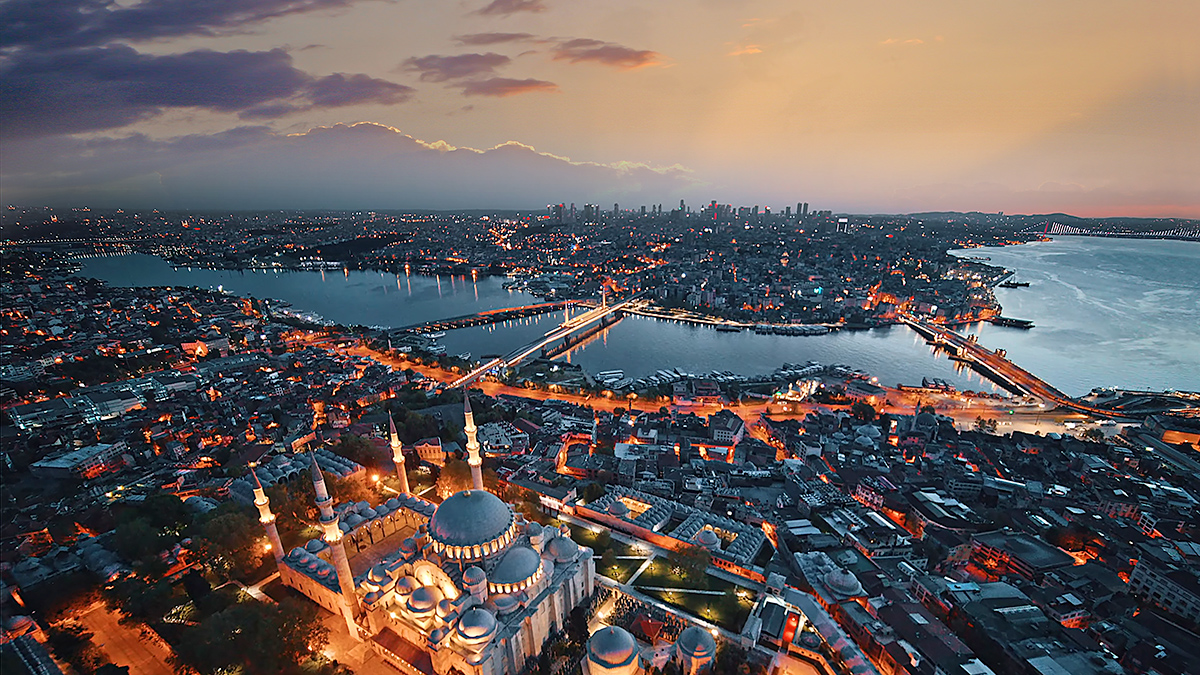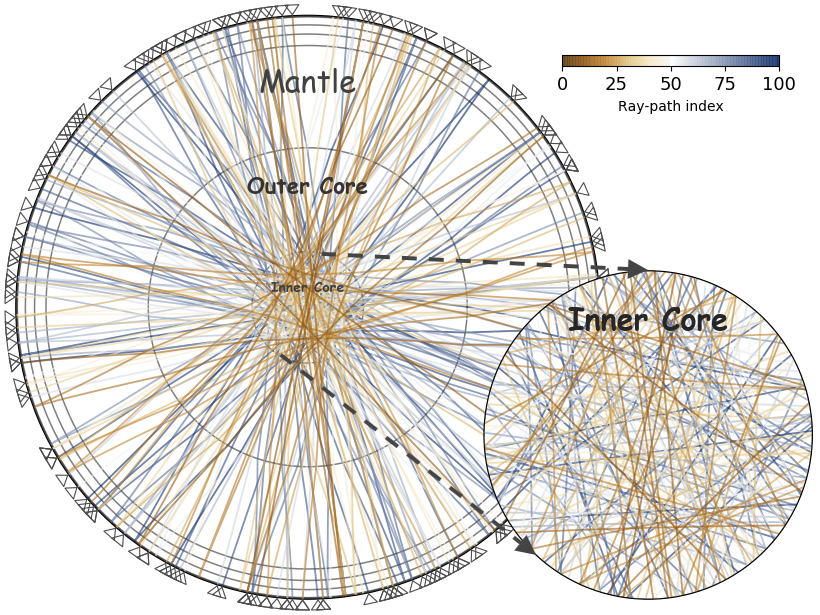A fiber-optic cable below Türkiye’s earthquake-prone metropolis is offering new details about how seismic waves will rattle the city—and demonstrating the potential of a bigger monitoring effort.
Andreas Fichtner
Associate Editor, JGR: Solid Earth
Posted inScience Updates
Sensing Iceland’s Most Active Volcano with a “Buried Hair”
Distributed acoustic sensing offered researchers a means to measure ground deformation from atop ice-clad Grímsvötn volcano with unprecedented spatial and temporal resolutions.
Posted inEditors' Highlights
Earthquake-coda Tomography Boosts Illumination of the Deep Earth
A new tomographic method based on correlations of seemingly chaotic earthquake coda waves yields otherwise unobservable arrivals, thus greatly improving illumination of the deep Earth.



